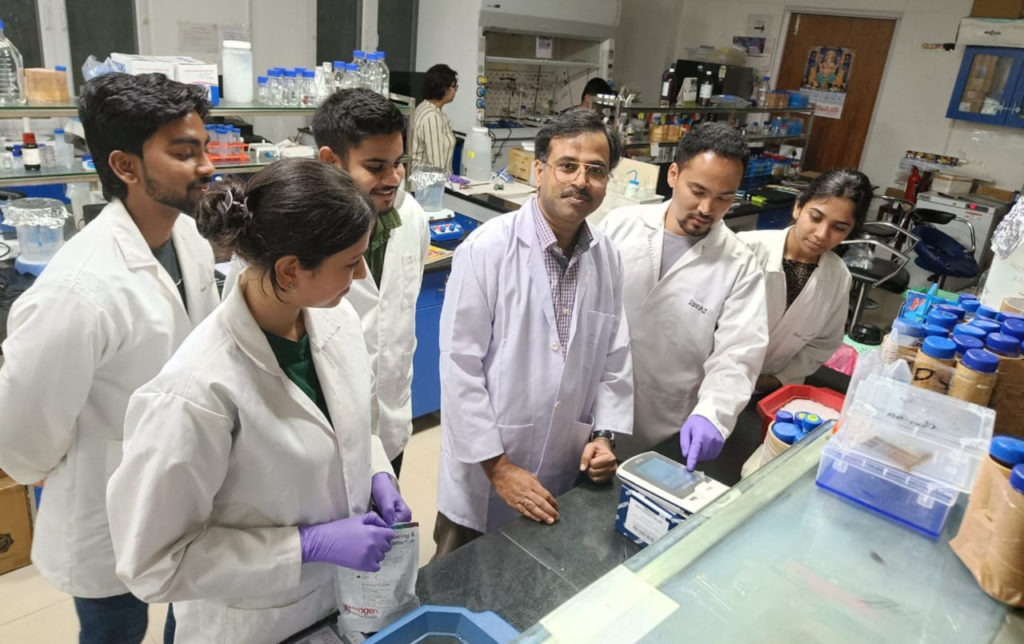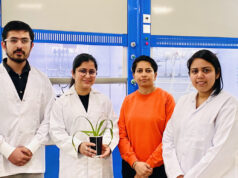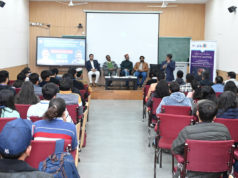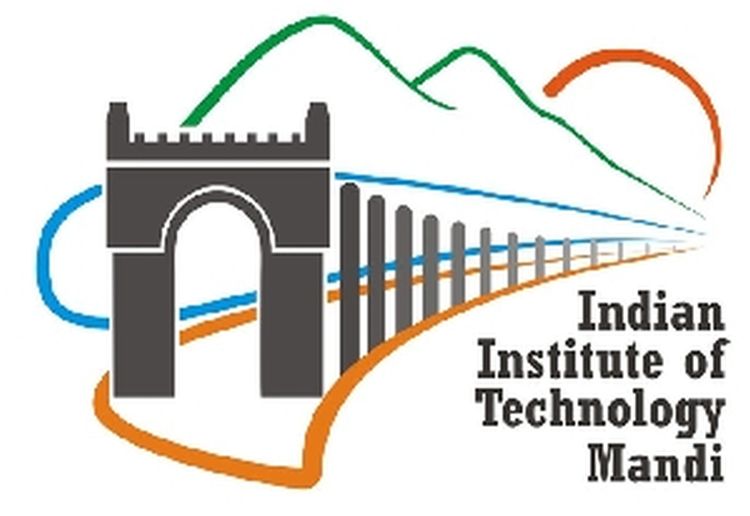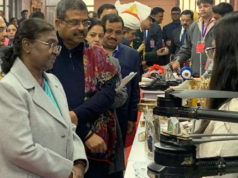Researchers at the Indian Institute of Technology Mandi, led by Dr. Amit Prasad, Associate Professor at the School of Biosciences and Bioengineering, have achieved a significant milestone in the fight against the pork tapeworm (T. solium) by pioneering an innovative protein-based vaccine.
This tapeworm is notorious for causing both intestinal infections and severe brain infections leading to seizures. Collaborating with scientists from Dayanand Medical College and Hospital in Punjab and the CSIR-Institute for Himalayan Bioresource Technology in Himachal Pradesh, the team has introduced a faster, more effective approach to vaccine development for challenging infectious diseases.
The World Health Organization (WHO) has long recognized the pork tapeworm as a major contributor to foodborne deaths, resulting in substantial disability-adjusted life-year losses. It accounts for a staggering 30% of epilepsy cases in developing nations, soaring to 45%-50% in regions with poor sanitation and free-roaming pigs. In North India, the prevalence of brain infection stands at an alarming 48.3%. In response, the WHO’s “2030 Roadmap of Priority Neglected Tropical Diseases” is dedicated to eradicating T. solium and related infections affecting 1.5 billion people worldwide.
Traditional efforts to combat tapeworm infections relied on mass administration of deworming drugs like Albendazole and Praziquantel. However, this approach faced challenges, including waning public participation and the looming threat of drug resistance, yielding suboptimal outcomes.
Dr. Amit Prasad emphasized the pressing need for a vaccine to safeguard against the pork tapeworm. Instead of conventional approaches using tapeworm eggs or larvae, the team adopted a safer, more practical strategy. They concentrated on injecting specific protein fragments from the tapeworm into humans, thus minimizing side effects and thwarting vaccine resistance.
The quest for the ideal protein fragment, a historically time-consuming process, was expedited by the IIT Mandi researchers through the fusion of protein studies and bioinformatics. Dr. Amit Prasad elaborated on their approach, stating, “Initially, we identified specific antigens from the tapeworm’s cyst fluid that elicited an immune response when tested with patients’ blood serum. Subsequently, we harnessed immune-informatics tools to pinpoint safe and effective protein fragments. These fragments were then combined to form a multi-part vaccine, accounting for factors like size, stability, and compatibility with the immune system.”
The researchers observed that the vaccine interacted effectively with immune receptors, raising hopes of efficiently stimulating the body’s defense system. While additional animal and clinical studies are required to confirm its safety and efficacy, this research lays a robust foundation for the development of vaccines against neglected tropical diseases stemming from similar parasites.
The integration of protein studies with bioinformatics marks a groundbreaking, cost-effective strategy to promptly identify potential protein-based vaccines. This collaborative effort could empower healthcare workers with a powerful tool to combat neurocysticercosis and potentially serve as a model for addressing other neglected tropical diseases.
The details of this pioneering work have been published in the Journal of Cellular Biochemistry in the USA, featuring co-authors such as Dr. Rimanpreet Kaur, Prof. Gagandeep Singh, Dr. Naina Arora, Dr. Rajiv Kumar, Mr. Suraj S. Rawat, and Dr. Amit Prasad. This breakthrough signifies a ray of hope in the battle against a formidable global health challenge.


